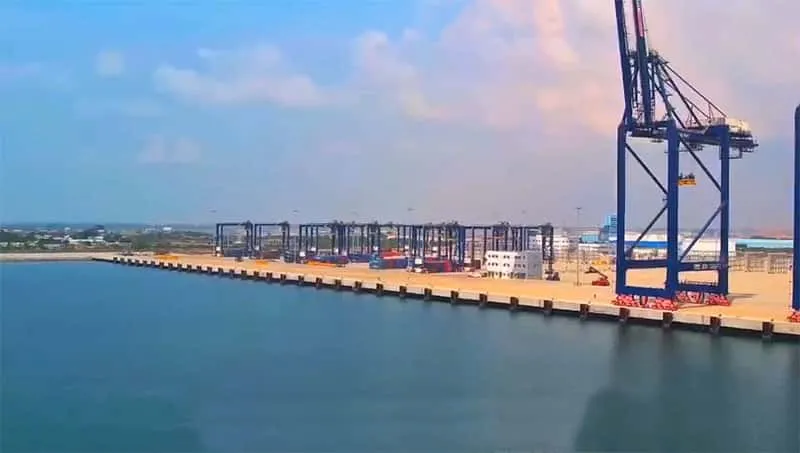The Difference Between Basic and Non-Basic Ports
In the global maritime transportation system, “basic port” and “non-basic port” are two frequently occurring terms, which directly affect the cost of cargo transportation, time and operation process.
I. Basic Port
These are ports that are directly operated by shipping companies (e.g. Maersk, MSC, etc.) and are regularly called at. These ports are usually regional hub ports with well-developed infrastructure and dense route networks.
What are its characteristics?
Direct service: direct call by shipping lines, no need for transshipment.
Dense routes: Mostly international trade core ports.
Preferential rates: shipping companies usually charge lower freight rates for basic ports because of their controllable operating costs.

Non-basic ports
Refers to the port where the shipping company does not directly call, and the goods need to arrive through other ports (usually the basic port) transit or barge.
Characteristics:
Dependence on transshipment: need to use other ports to complete cargo distribution.
Limited routes: Mostly remote areas or inland ports, such as Vientiane Port in Laos.
Higher cost: Freight and surcharges are usually higher due to transshipment operations.
When there is no direct route to the destination country, the cargo needs to be shipped to a smaller economic region, or the customer specifies a non-basic port for delivery, it is necessary to choose a non-basic port.








